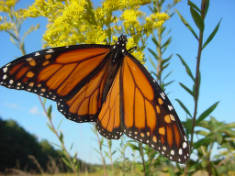 Depending on where you live, you may have noticed it in autumn. There were very few monarch butterflies around. It wasn’t unexpected. Numbers were low last winter in Mexico, and the weather over the summer didn’t favor the hatching of new monarchs.
Depending on where you live, you may have noticed it in autumn. There were very few monarch butterflies around. It wasn’t unexpected. Numbers were low last winter in Mexico, and the weather over the summer didn’t favor the hatching of new monarchs.
World Wildlife Fund, Mexico’s Environment Department and the Natural Protected Areas Commission just announced that the numbers of monarch butterflies overwintering among the Transvolcanic mountains of central Mexico are the lowest since they started keeping records back in 1993. They measure the butterflies in the number of hectares that they cover in the park. This winter they covered 0.67 hectares. At their recorded high, in the winter of ’95-’96 they covered over 20 hectares.
Why, oh, why, do you ask? At one time the forest where the monarchs roost over the winter was being cut down, but that problem seems to have been solved. Climate change is in the mix. But the big problem, according to MonarchWatch, at the University of Kansas, is that herbicide tolerant (HT) crops have removed milkweed from a part of the country vital to the monarchs’ migration: the Midwest.
Read the report from MonarchWatch, here. It includes all the details on the HT crops theory.
Read the Associated Press news story in SF Gate, here.
Photo: by Mark Musselman, courtesy US Fish and Wildlife Service

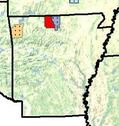 After detecting the fungus that causes white nose syndrome, but not seeing any bats with the disease, for two winters in a row, dead bats showing the symptoms caused by the white nose syndrome fungus were found in an Arkansas cave on January 11, an
After detecting the fungus that causes white nose syndrome, but not seeing any bats with the disease, for two winters in a row, dead bats showing the symptoms caused by the white nose syndrome fungus were found in an Arkansas cave on January 11, an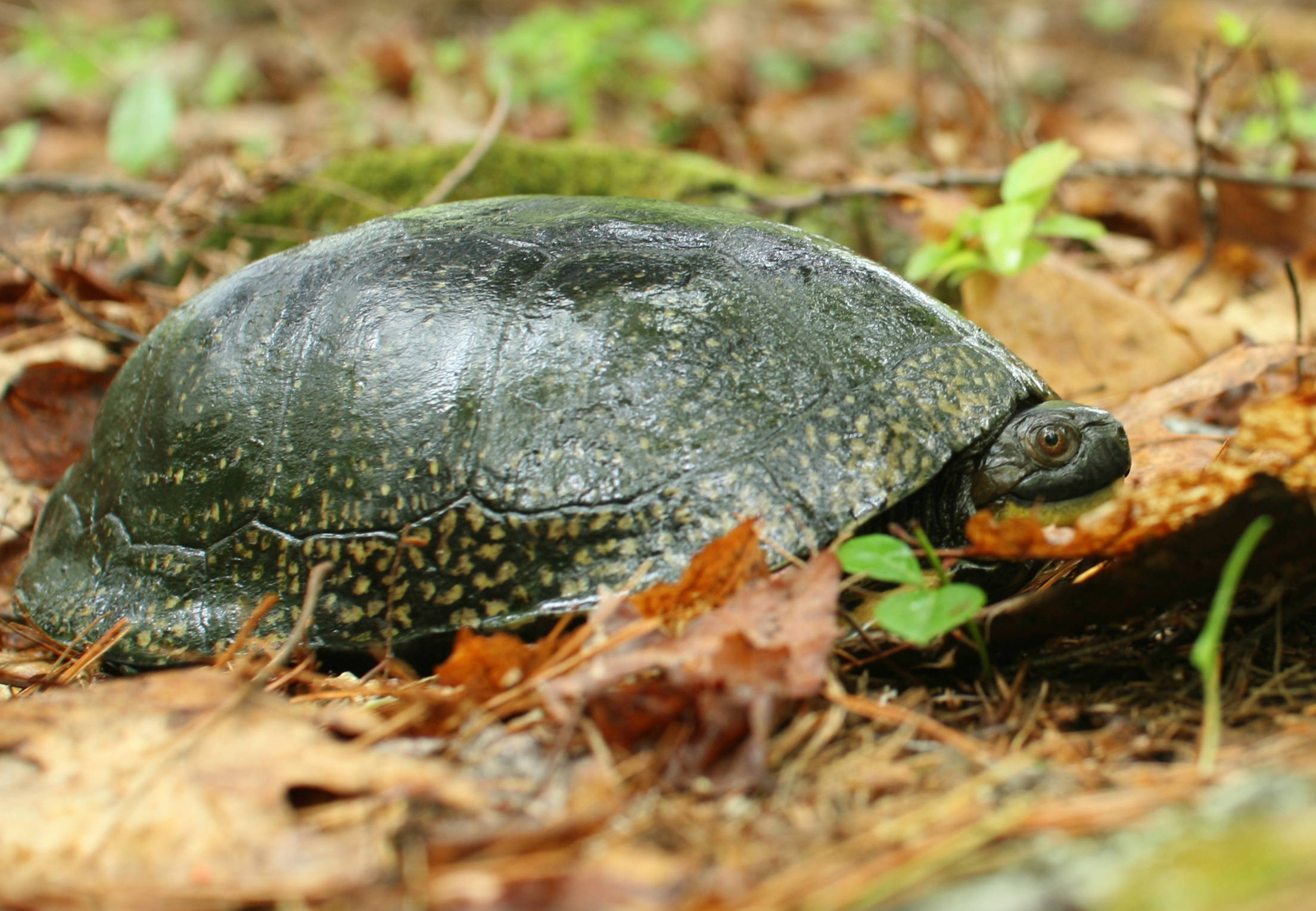 Fifteen native birds, plants and other animals have been removed from Wisconsin’s endangered and threatened species list effective Jan. 1, 2014, says a
Fifteen native birds, plants and other animals have been removed from Wisconsin’s endangered and threatened species list effective Jan. 1, 2014, says a  Has reviewing wind power project siting proposals become part of your department’s responsibilities? The US Fish and Wildlife Service (USFWS) is holding a training on Weds., Jan. 29. Other broadcasts in the series cover other aspects of wind turbine siting. Here’s the announcement from USFWS:
Has reviewing wind power project siting proposals become part of your department’s responsibilities? The US Fish and Wildlife Service (USFWS) is holding a training on Weds., Jan. 29. Other broadcasts in the series cover other aspects of wind turbine siting. Here’s the announcement from USFWS: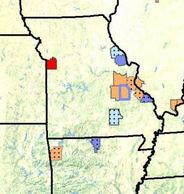 Sorry for the double dose of white nose syndrome (WNS) news, but I didn’t want this to get lost in yesterday’s post on the the new WNS protocol, even though it was included in the same
Sorry for the double dose of white nose syndrome (WNS) news, but I didn’t want this to get lost in yesterday’s post on the the new WNS protocol, even though it was included in the same 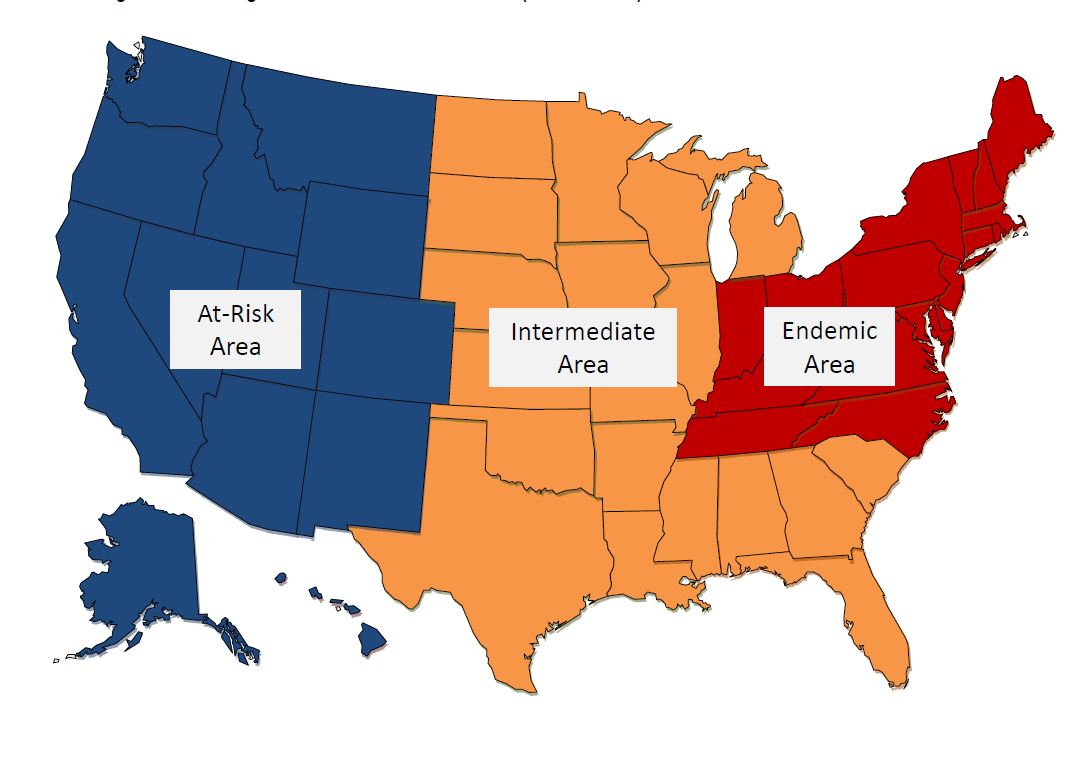 The National Wildlife Health Center (in Madison, Wisc., part of the US Geological Survey) has updated the Bat Submission Guidelines for the 2013/2014 white nose syndrome (WNS) surveillance season.These are the protocols that you, a state wildlife biologist, would use to submit a bat or other sample to the center for WNS diagnosis.
The National Wildlife Health Center (in Madison, Wisc., part of the US Geological Survey) has updated the Bat Submission Guidelines for the 2013/2014 white nose syndrome (WNS) surveillance season.These are the protocols that you, a state wildlife biologist, would use to submit a bat or other sample to the center for WNS diagnosis.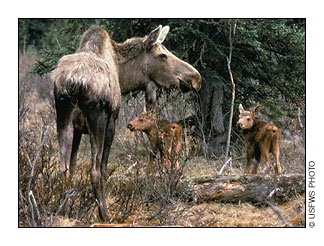 Between January 20 and February 2, 2014, the New Hampshire Department of Fish and Game will be collaring moose in the northern part of the state to study moose decline,
Between January 20 and February 2, 2014, the New Hampshire Department of Fish and Game will be collaring moose in the northern part of the state to study moose decline,